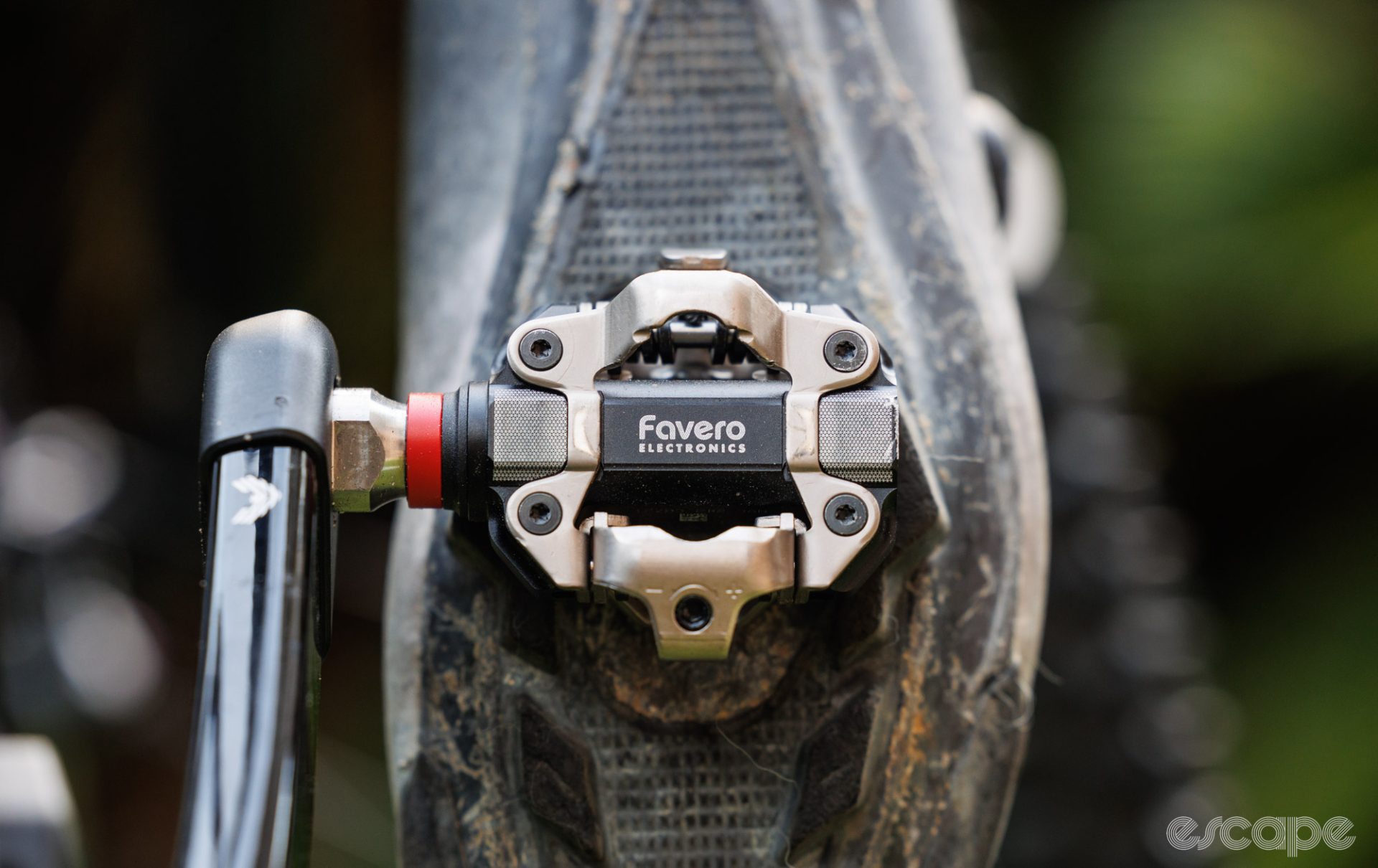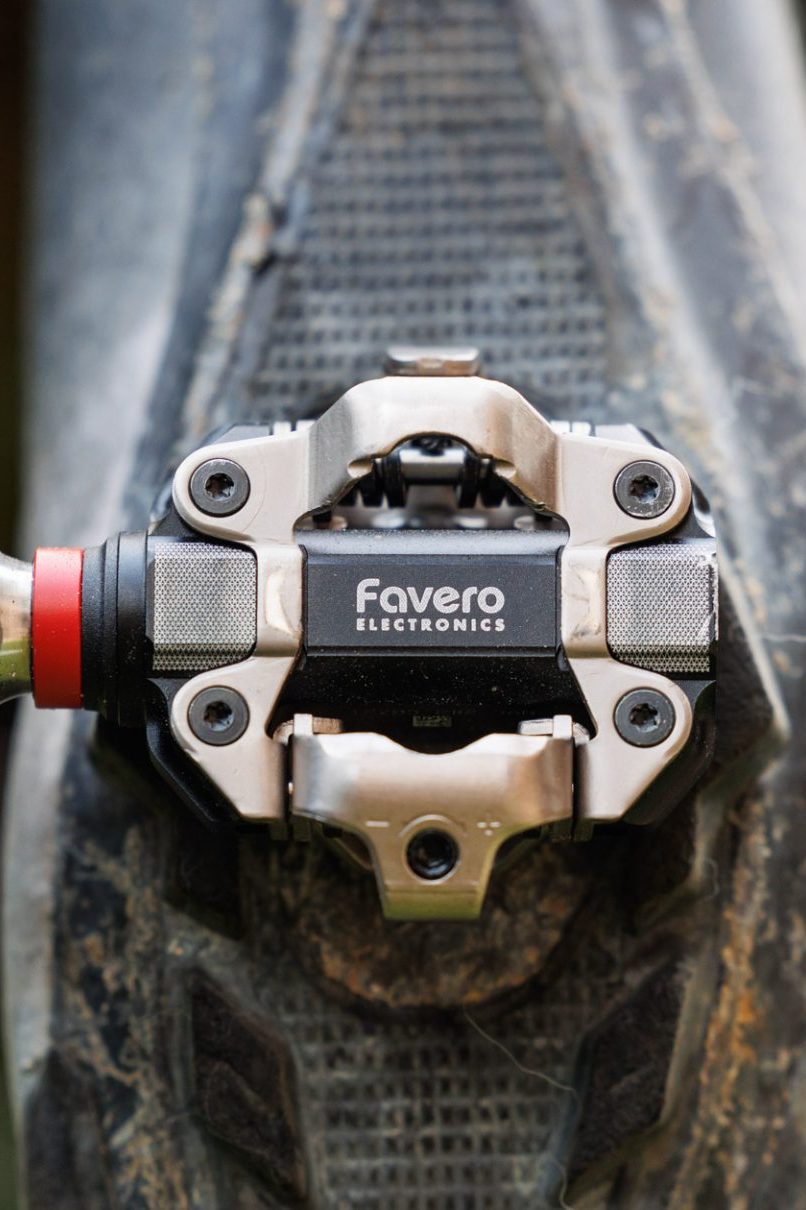Power meters for bikes are now a mature market. There are countless single or dual-sided options spanning a broad range of prices. You can get them in crankset spiders, bonded onto crankarms, inside the crank spindle, in pedals; the list goes on.
However, it’s a different story regarding power measurement when riding off-road. More variables in crank widths and drivetrain compatibility means that while crank-based versions do exist, there are only a handful of dual-sided options with well-respected accuracy. Meanwhile, the ease of moving power-based pedals from one bike to another, plus the measurement consistency in using a single power meter, makes even more sense on the assumption that many off-road riders regularly switch between gravel, mountain, or cyclocross bikes.
A few months ago we got wind that Italian power meter pedal specialist Favero was finally getting into the off-road power meter game with a fresh design. It’s early days, but we’ve been testing the new Assioma Pro MX SPD pedal alongside the Garmin Rally and a handful of other non-power-equipped SPD pedals., and so far, these are looking a winner. Plus, the tech here offers a strong tease of what lies ahead for Favero in the road space, too.
The short of it: Favero, a popular power meter pedal producer, has released its first SPD power meter pedal intended for gravel and mountain bike usage.
Good stuff: Favero’s easy setup and reliable power data, good battery life, feels like a good SPD pedal underfoot, has a competitive body size to a regular SPD pedal, is user-serviceable with fair-priced spares, impressive pricing compared to others, Shimano cleats provided.
Bad stuff: Minor play between pedal body and spindle, proprietary charger and non-replaceable battery.
Price: Approx €750 / US$759 (for dual-sided measuring Pro MX-2), approx €450 / US$500 (for left-measuring Pro MX-1 ).
Powering through the details
Favero is best known for its Assioma Duo power meter road pedals. The standard model is based around a Look Keo-compatible pedal body with all the power measurement tech constrained within a pod that sits external of the axle. These pedals have a stellar reputation for reliable power figures and equally reliable spinning as an actual pedal without any odd quirks.
More recently, Favero released a Shimano version of the Assioma, an axle upgrade that re-purposes authentic Shimano SPD-SL road pedal bodies and gives them a power-enabled axle. It’s a cool design, but a large increase in Q-factor (stance width) hinders it (not an issue with the original Assioma Duo).
While not encouraged by the company, both of these pre-existing Assioma options can be bolted into certain SPD pedal bodies for off-road use. However, in the original Assioma design the plastic-encased power pod sits proud of the crank arm, and all it takes is a direct pedal strike in rock or root-infested terrain to risk your investment.
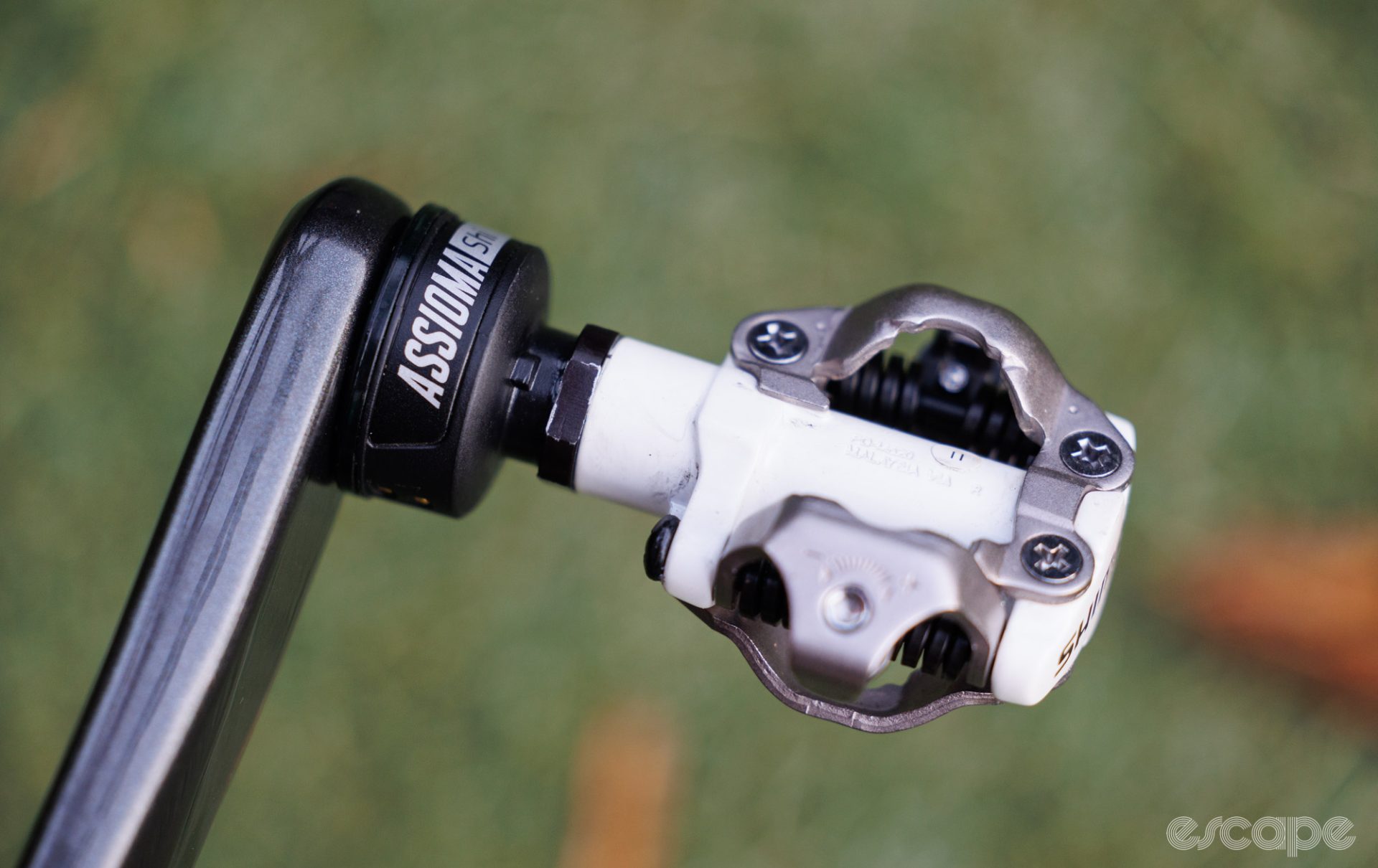
And that gets us to the big story of the new Pro MX. Not unlike SRM’s X-Power pedals in concept, Favero has now condensed and hidden all the electronics within the steel pedal spindle. From the outside, and except for the flashing LEDs, you wouldn’t know these are a power-enabled pedal.
Like Favero’s other pedal options, there are two options for the Pro MX pedals. As tested, the MX-2 (approx €750 / US$759) is the dual-sided version, offering independent power measurement for both left and right pedals.
The MX-1 (approx €450 / US$500) is a more budget-friendly option with power measurement in the left pedal only while the right pedal offers a regular axle (measured power is then doubled to provide wattage). Favero also offers the power-enabled right-side axle as an upgrade option for those wanting to turn the MX-1 into a MX-2.
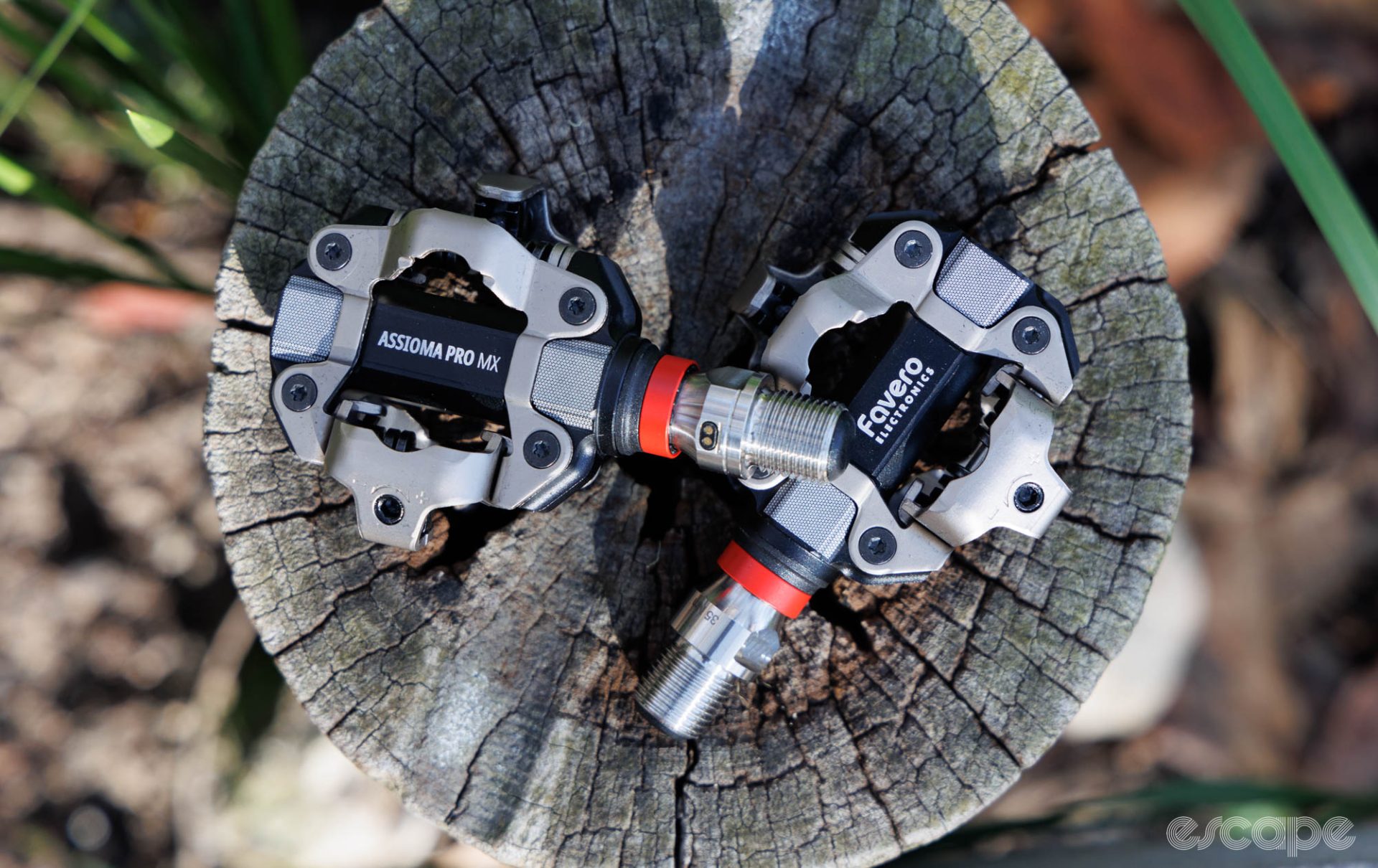
The pedals are rated to feature both ANT+ and Bluetooth connectivity. Favero claims +/- 1% accuracy. The usual measurements of power (up to 3,000 W), cadence (up to 250 rpm), and independent left/right measurement (MX-2 only) are of course present, but Favero now also offer more advanced analytics such as Torque Efficiency, Pedal Smoothness, and Power Phase.
Both the rechargeable battery and sensors are permanently housed within the axle, meaning the battery isn’t replaceable, but the system is rated to IP67 weatherproofing. The pedals are rated for category 3 use (standard ASTM F2043), which includes cross-country mountain biking. They have a 120 kg user weight limit, are covered by a two-year warranty, and are assembled in Italy.
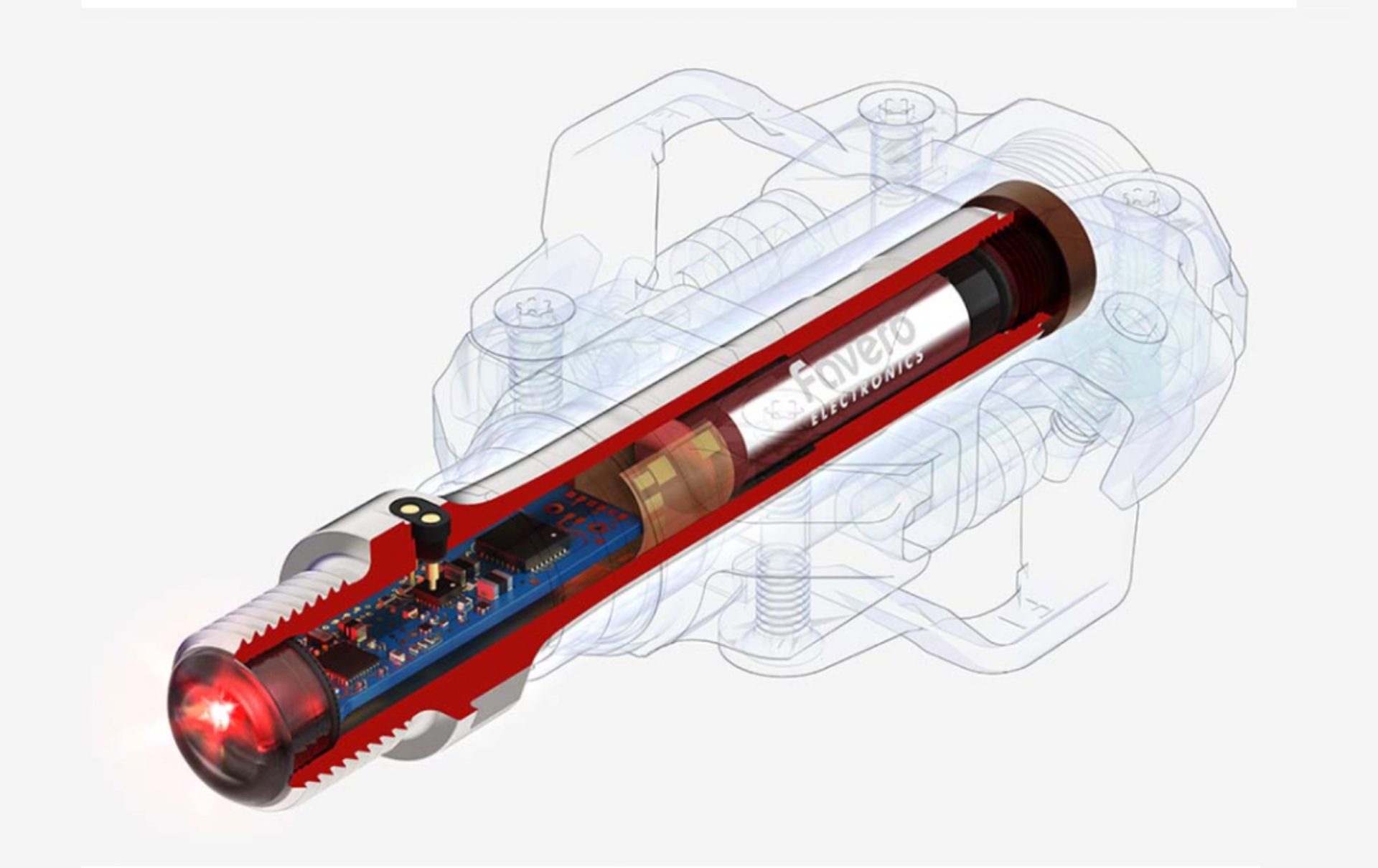
Favero claims a minimum of 60 hours ride time off a single charge, with the internal batteries then replenished via magnetic connecting pins on the exposed part of the spindle. A split 2-in-1 proprietary charge cable is supplied, allowing charging of both pedals from a single USB port. Alternatively, you can use any Micro USB cable with Favero’s magnetic charging interface.
The pedals feature a common SPD cleat (two bolt cleat) with adjustable tension. They’re supplied with authentic Shimano SH-51 SPD cleats.
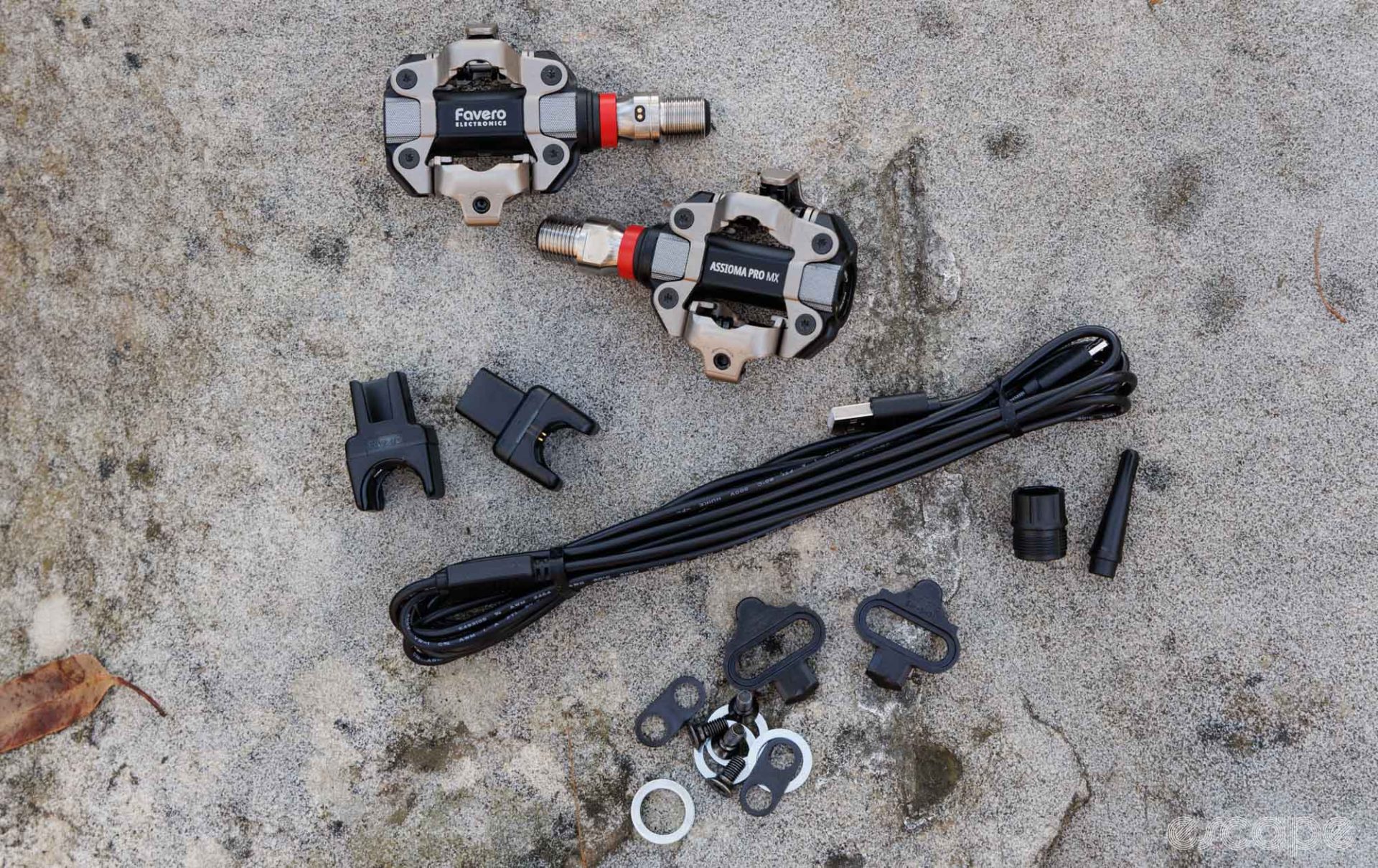
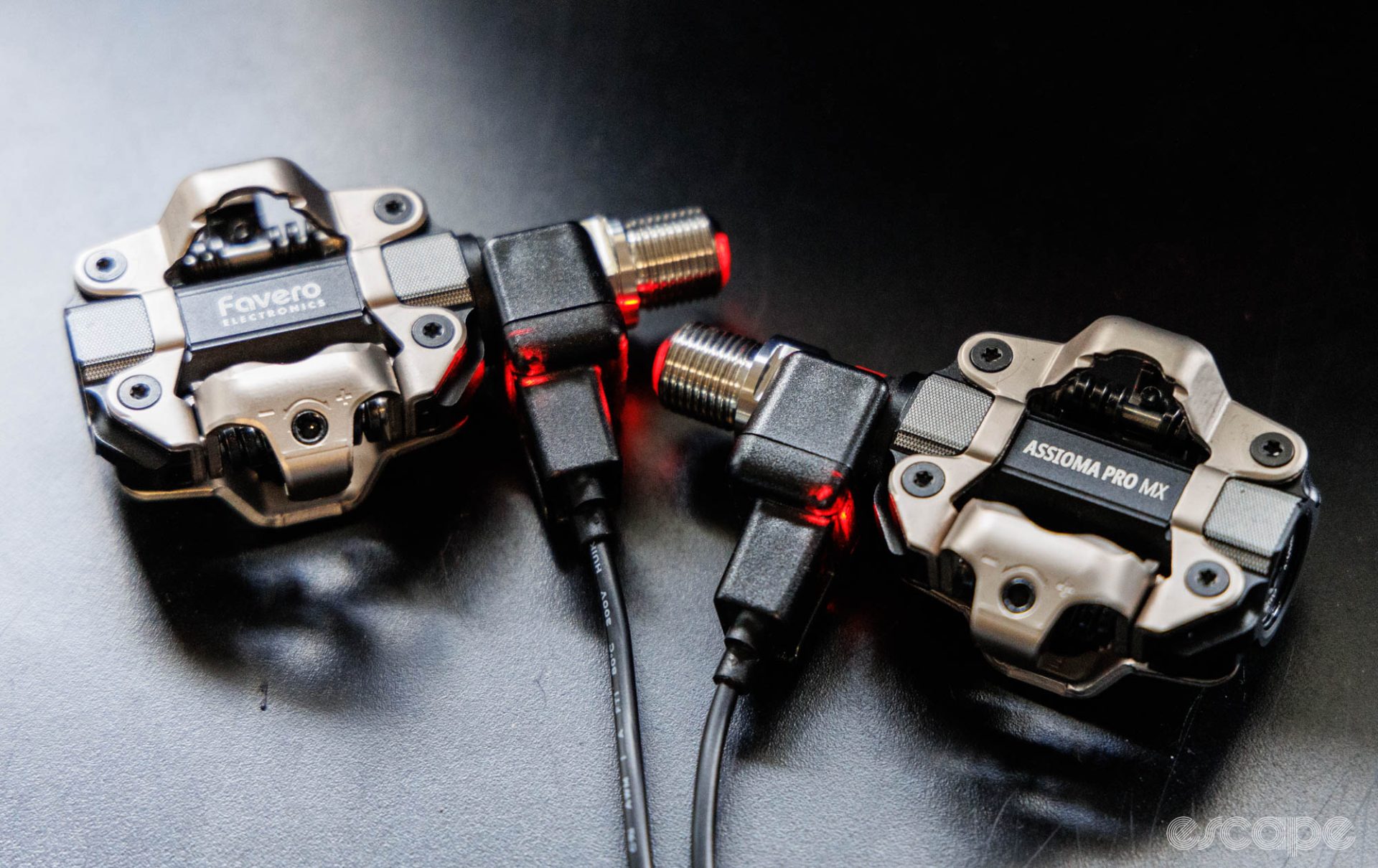
Comparing pedals
It’s only a recent thing where power meter road pedals have been able to offer reliable power measurements without compromising the function of the pedal itself. Meanwhile, the limited power-equipped pedals suitable for off-road use have tended to introduce more obvious trade-offs.
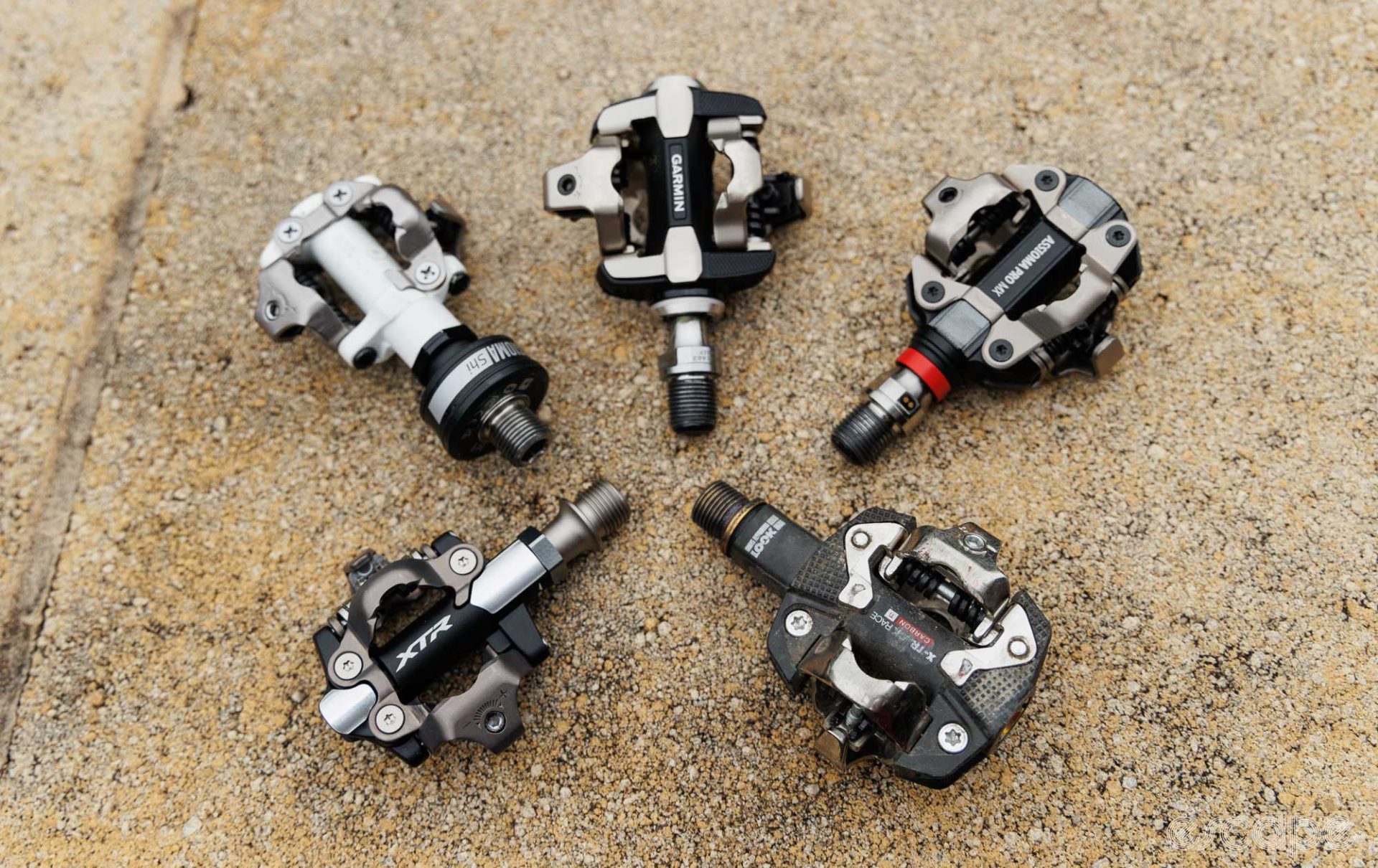
Released in 2021, the original SRM X-Power was the first SPD power meter pedal, and while it got many things right, it also had some known reliability issues. SRM updated the pedal for 2023 with a wider platform and upgraded spindle durability, but they remain a pricey option (€1,428 / US$1,500) and with a 2-5% daily power drain whether they’re used or not. Unfortunately, I don’t have my hands on them to compare, a shame given the form factor is the nearest competitor to the new Pro MX.
Meanwhile, the SPD-version of the Garmin Rally (US$1,200) offers a key benefit of being able to swap the power spindles between Garmin’s versions of Look Keo, Shimano SPD-SL, and Shimano SPD pedal bodies. It’s not a difficult process, but with small Phillips screws involved I’d strongly discourage anyone from thinking this is a sensible way of running power across your road and off-road bikes – the feature should be used far more sparingly than that. One obvious downside is that the SPD version suffers from a larger pedal body that not only raises the stack height, but makes it more susceptible to hitting things.
And that brings us to the new Assioma Pro MX, the best-priced of the three. With a SPD pedal body of Favero’s own design, it looks to introduce only minor compromises when compared to Shimano’s own SPD pedals. The chart below covers some key figures, but it’s important to note that the SRM X-Power figures are supplied by the company and not verified. The newer SRM X-Power pedals are said to closely mimic the Look X-Track system, so you can use those numbers as a guide.
| Model | Weight (pair) | Stack Height | Total Pedal Thickness | Q-Factor | Pedal Width |
| Favero Assioma Pro MX-2 | 384 g | 11.2 mm | 34.3 mm | 54 mm | 82.2 mm |
| Garmin Rally XC200 | 442 g | 13.9 mm | 39.7 mm | 54 mm | 86 mm |
| Favero Assioma Shi (Shimano M520 SPD bodies) | 416 g | 10.5 mm | 33.1 mm | 66 mm | 91 mm |
| SRM X-Power* | 388 g | 10.5 mm | TBC | 54 mm | TBC |
| Shimano XTR M9100** | 309 g | 8.5 mm | 29.7 mm | 52 mm | 84.1 mm |
| Shimano XT M8000 | 340 g | 9.8 mm | 32.3 mm | 55 mm | 84.8 mm |
| Look X-Track Race | 294 g | 10.6 mm | 34.1 mm | 54 mm | 84.2 mm |
*SRM figures are claimed. **M9100 pedal is the narrow spindle version, Q-factor of regular version is 55 mm.
As the numbers tell, there is a small increase in stack height and overall dimensions when compared to Shimano’s most compact and lowest profile offering (XTR). Still, it’s all rather close, considering the addition of power. How these dimensions were achieved is worth discussing and covered in the next section.
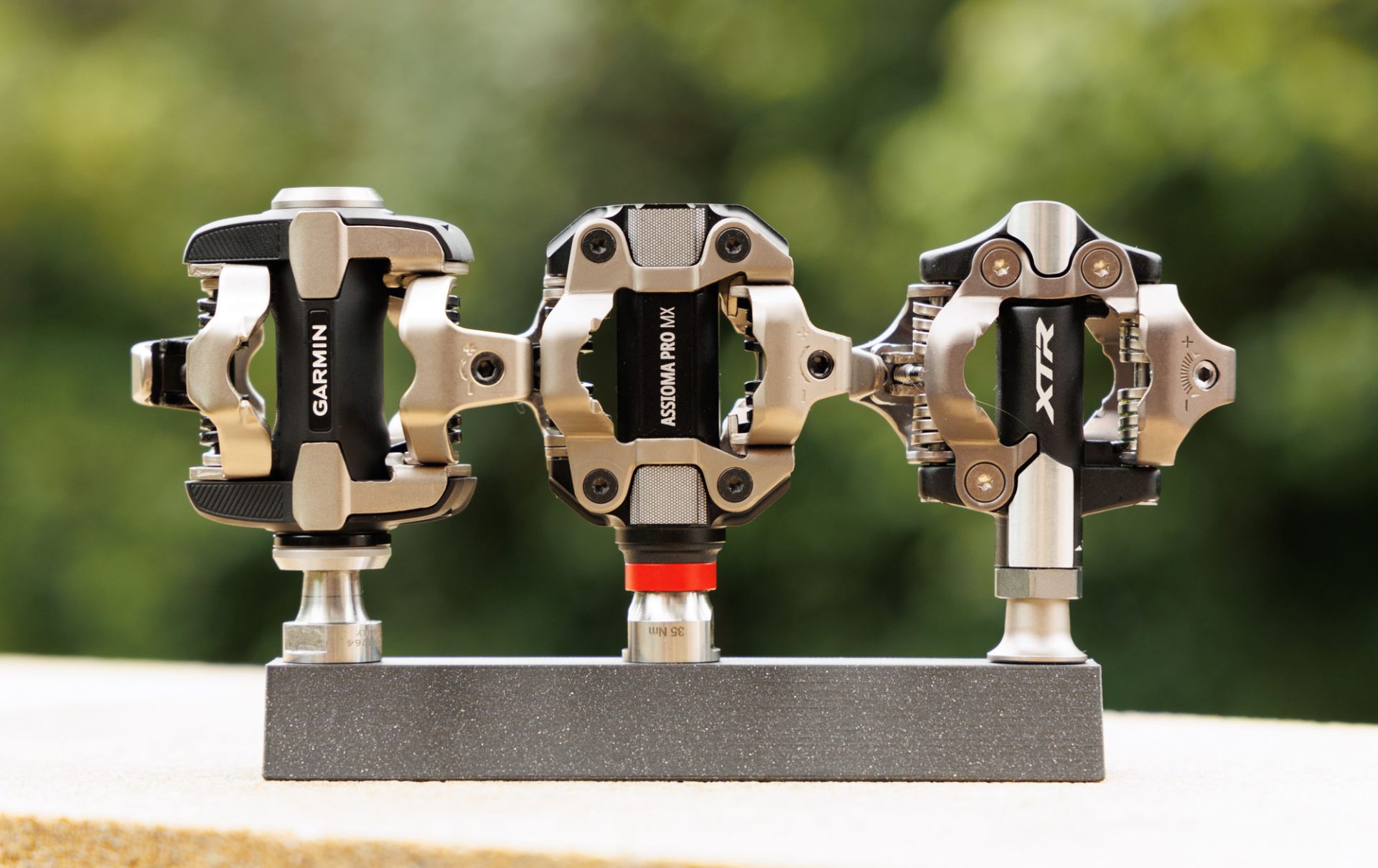
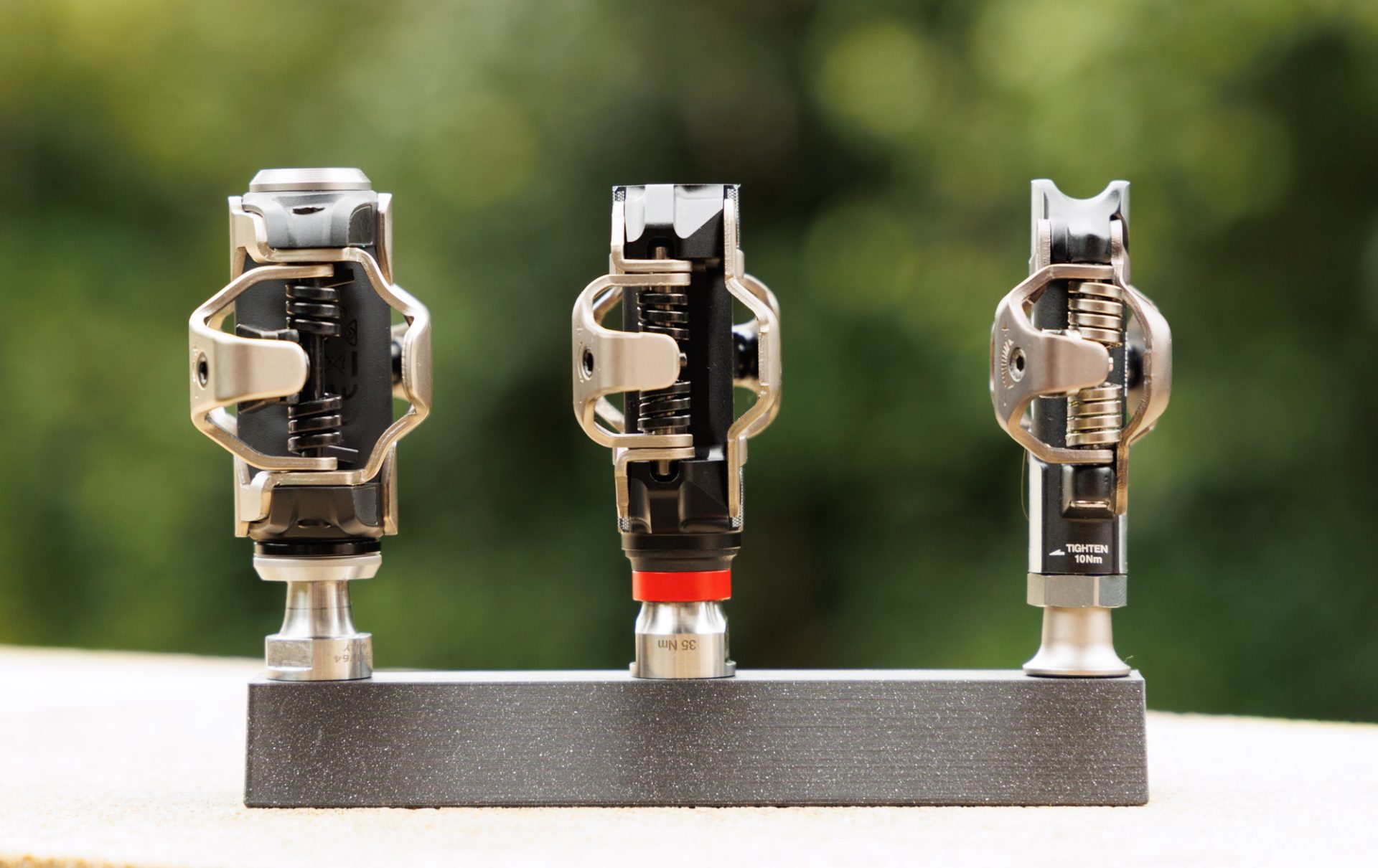
Installation and service
There’s nothing tricky to installing the Assioma Pro MX pedals. Favero’s app even directs you in which direction to thread each pedal into place (standard directions), and you merely need a regular pedal wrench or slim 15 mm spanner to do so (tightening to a not super-specific range of 30-40 Nm, which is tight).
Like Favero’s other pedals, the MX-Pro pedals will only transfer data once registered through the company’s own app. I’ve now been through this process with multiple pedals and it’s proven to be a seamless and easy exercise. The same can be said for wirelessly updating the firmware through the app or connecting the pedals to various brands of head units.
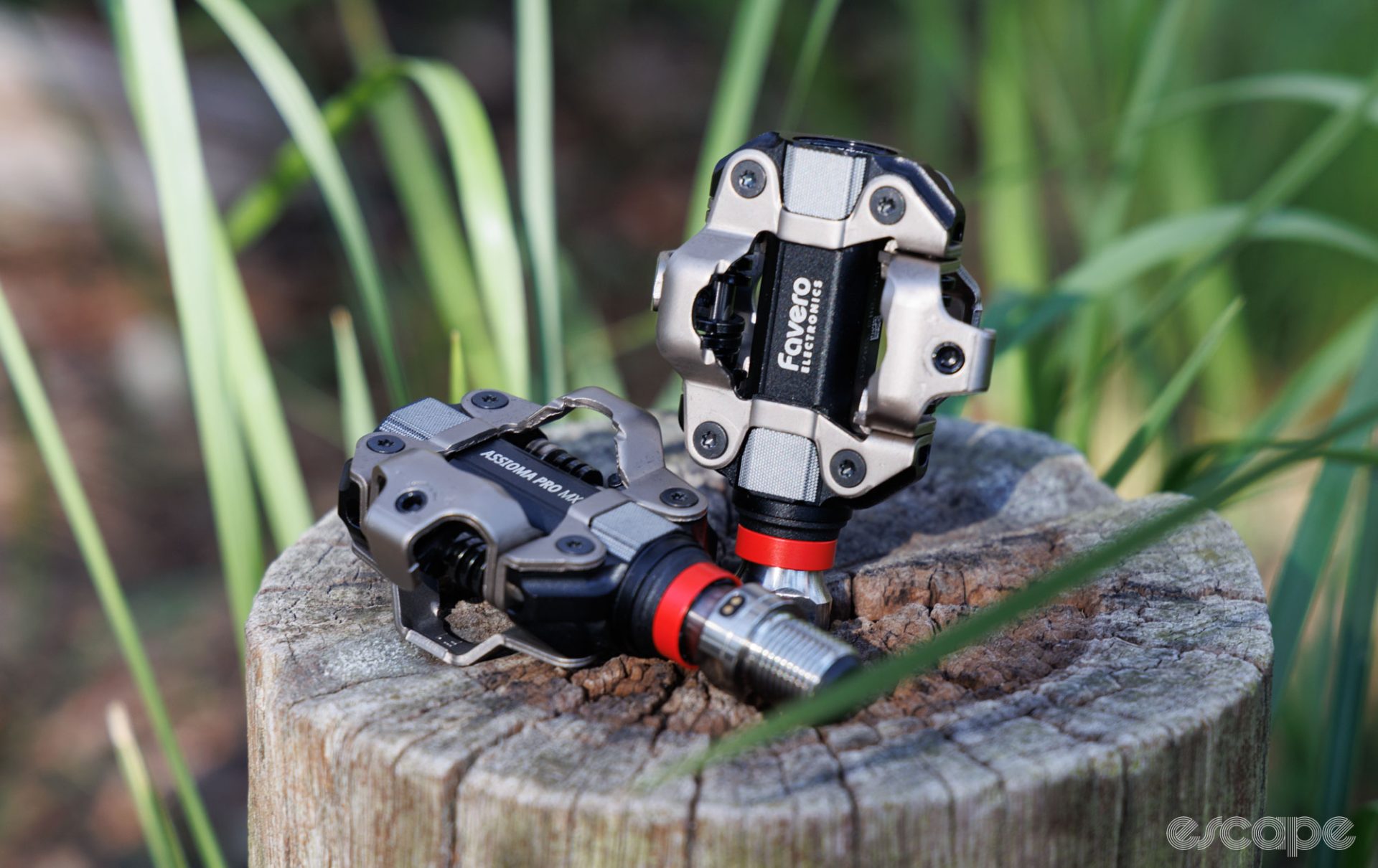
The only tricky element to installing these pedals is now related to LED indicator that sits at the backside of the spindle, a feature that Garmin undoubtedly inspired. Here, care is needed to ensure the LEDs don’t protrude too far past the backside of the crank arm where they may be susceptible to damage from the chain when in the smallest rear cog and biggest chainring (an issue mostly related to cranks with thinner crank arms, such as SRAM). If risk of contact exists then you must use the provided washers to space the further out (which will increase Q-factor).
This was certainly an issue I previously ran into with the Garmin pedals on SRAM-equipped road bikes, but off-road-going bikes tend to have the crank arm farther away from the chain (wider Q-factor cranks) and so I haven’t yet found a need for the spacers on the gravel and mountain bikes I’ve tested these pedals with.
Inside the pedals you’ll find two rows of needle roller bearings along with a bushing. The sealing is well done, with labyrinth seals on both sides of the pedal body protecting the needle bearings within, and of course, all the electronics are wholly sealed from the elements (and future fiddling). By contrast, the Garmin Rally pedals seal the battery compartment with a single thin o-ring, it works, but a pressure washer could lead to water ingress, while Favero’s electronics would remain unfazed.
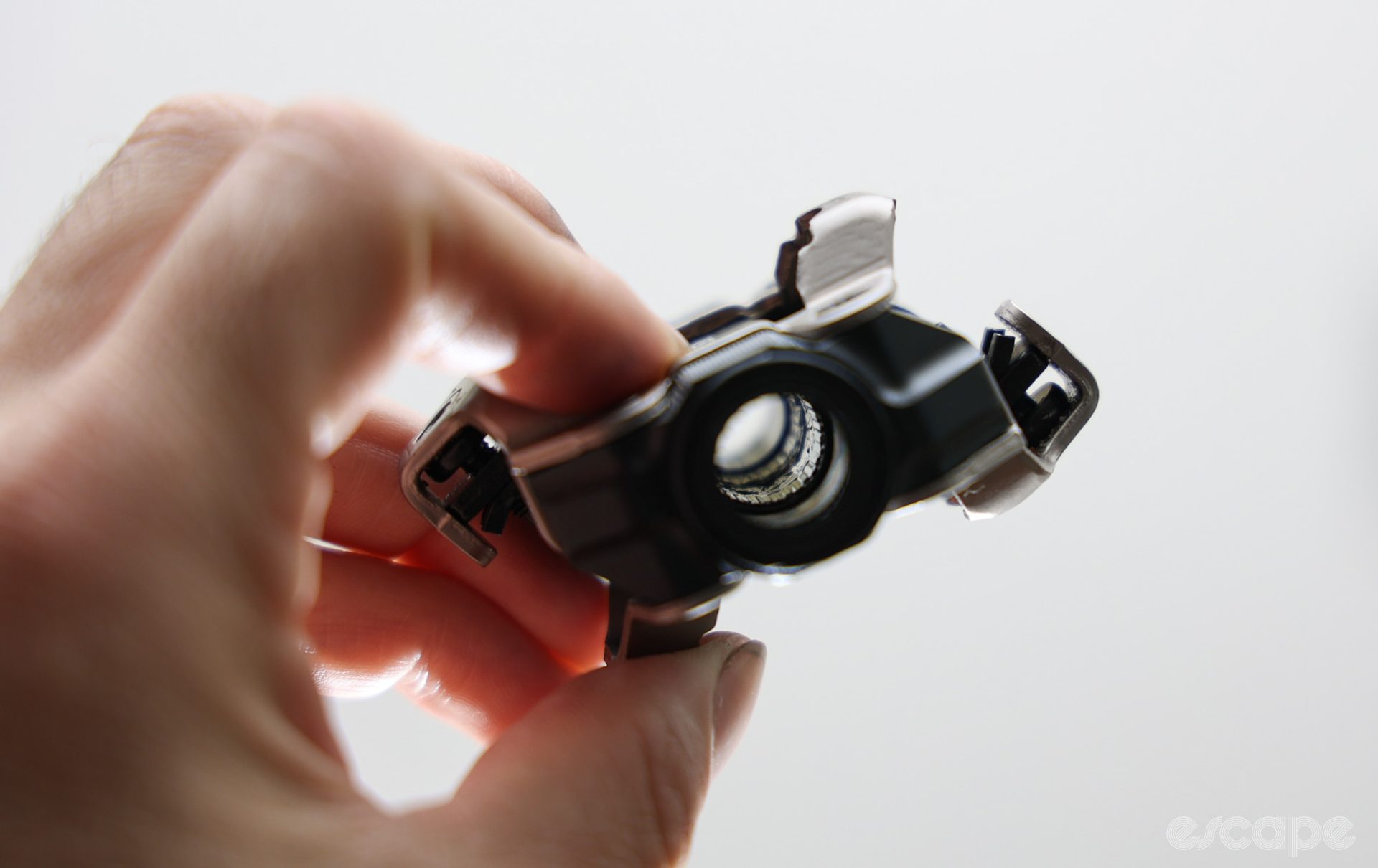
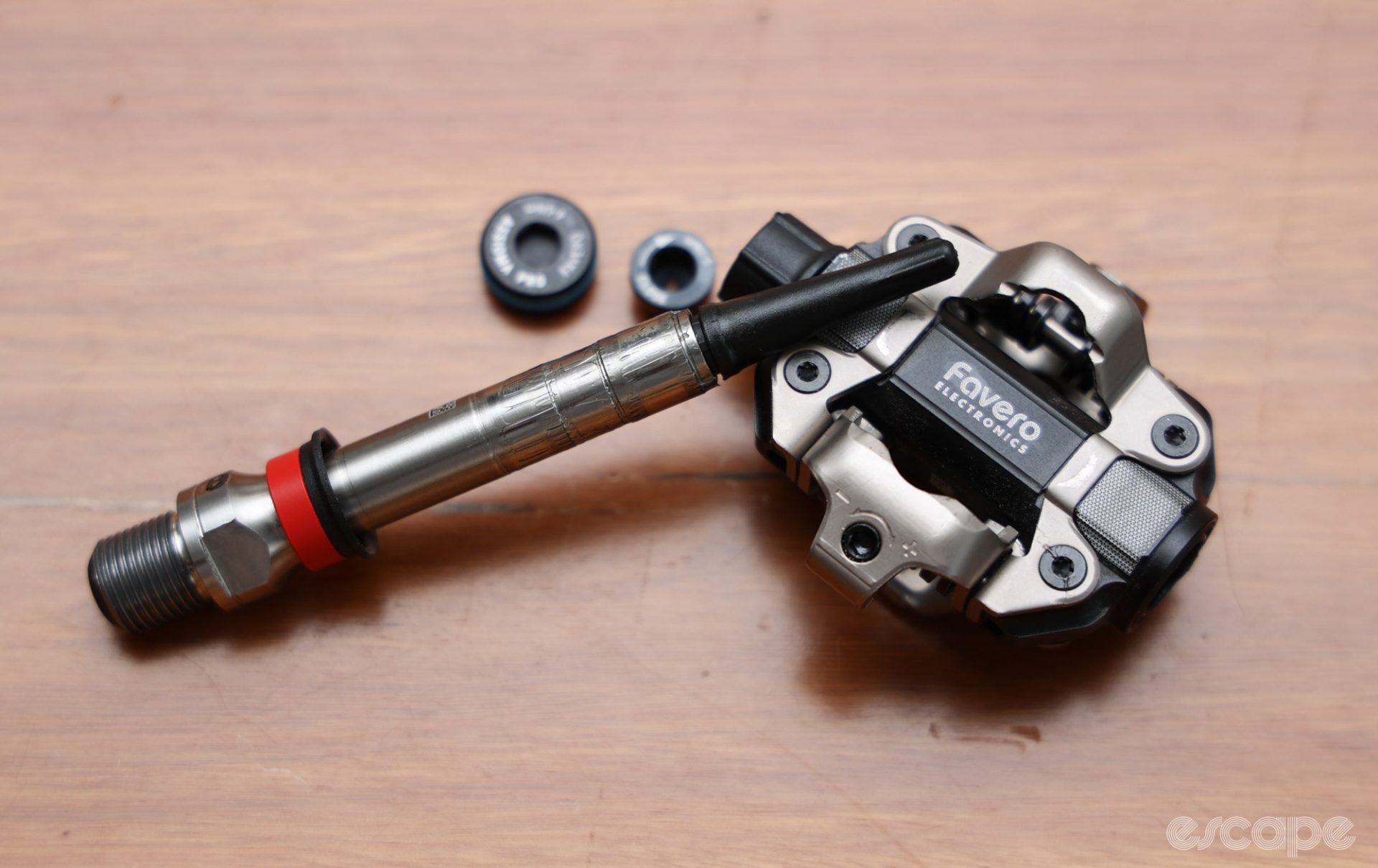
Longevity will certainly be based on the frequency of maintenance, and for this, Favero provides two small plastic tools used to aid in greasing inside the pedal body without contaminating the locknut threads of the pedal. The process can be done with the axles attached to the cranks, and with practice, it should take just a few minutes and with just a 6 mm hex key in hand. Favero offers replacement seals and bushings, but should you ever wear out the bearings (likely through neglect), then you’ll need to replace the pedal bodies (which are also available as a spare part).
The use of roller bearings helps to keep Favero’s own aluminium pedal bodies slim and are said to handle the loads and impact damage better when compared to a more linear cartridge bearing (aka, a cartridge bearing in cycling speak). It spins smoothly but the design does introduce a small amount of play between the pedal body and axle. According to Favero, this is to be expected:
“Some cyclists more sensitive to the feeling with their bike may, however, note a small play in their pedals, which is to be considered as completely normal with the use of such bearings,” reads a statement in the product user manual.
The bearing play is enough that I can feel it in hand, but not whilst riding. Unfortunately, my test period hasn’t been long enough to know whether it’ll worsen with age – although I take comfort in the axle being made from a hardened stainless steel (AISI 630 stainless steel).
Ride experience and data
Riding with the Assioma Pro MX-2s proved to be a great experience from day one, in that, I forgot I was using them. Compared to my usual Shimano XT and XTR SPD pedals, there was no significant change in clipping action, pedalling feel, or stability underfoot.
The action proved so similar that I spent ten minutes jumping between one bike with the Pro MX pedals and another with Shimano XT M8000 to confirm any difference. It’s incredibly subtle; the genuine Shimano has the edge for smoothness and positivity in engagement, but that’s about it.
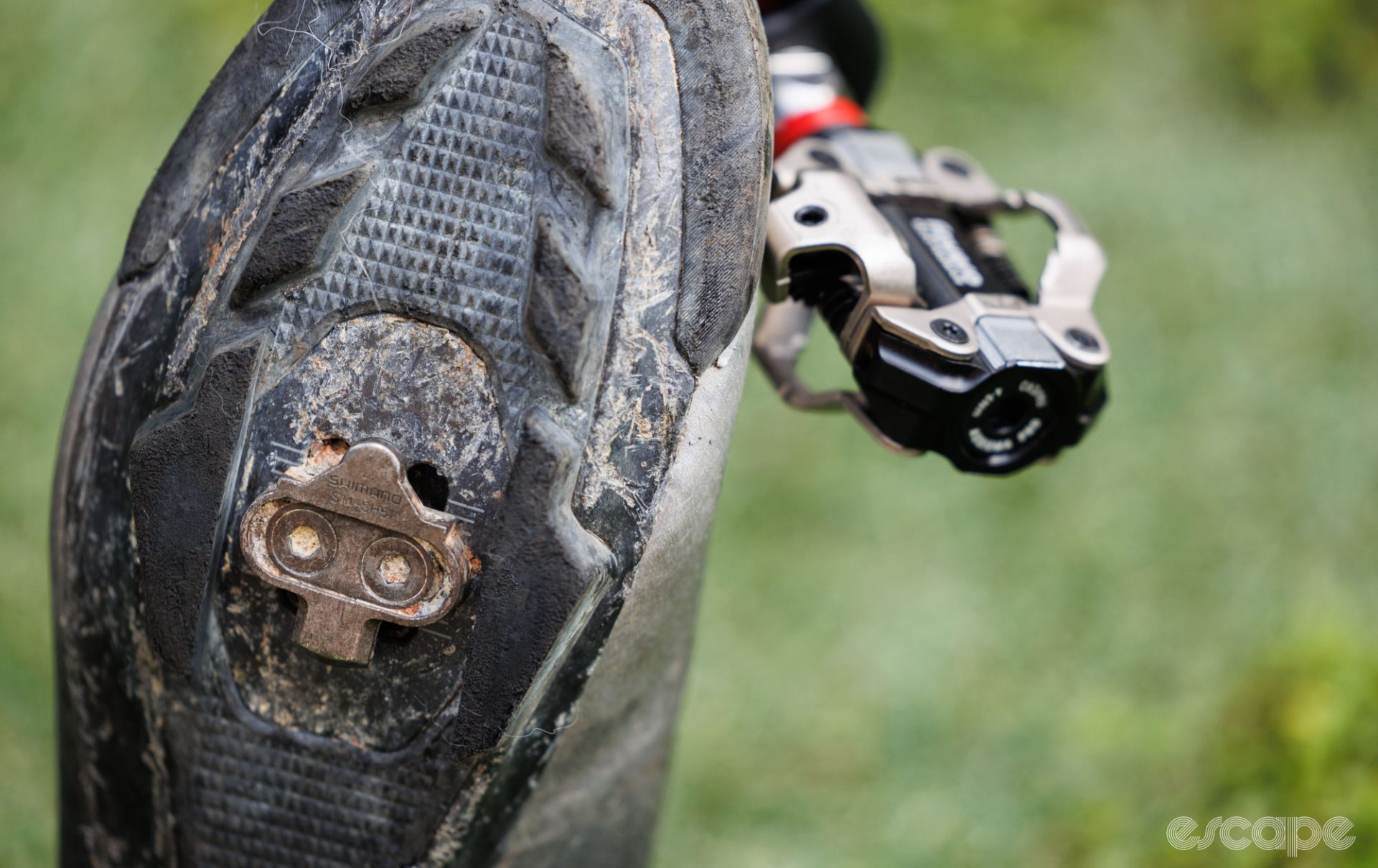
Shimano still wins in absolute stack height and pedal thickness, but compared to a common model like an XT, it’s approximately a millimetre when talking about the distance from the axle to the ground. Ok, so XTR pedals gain a further clearance advantage, but that’s a unique attribute compared to almost all other SPD pedals.
With no significant trade-off to the pedal, the focus then turns to how they perform as a power meter. This is one domain where Favero has proven itself and track-record counts for a whole lot. I certainly didn’t see any unusual spikes or drifts in figures, or a strange imbalance from left to right. There were never any issues in connecting to various head units or in calibrating (the pedals also auto-calibrate). It was just smooth sailing, a dream for any electronic component.
During indoor testing, the Pro MX tracked with a SRAM Quarq XX SL spider power meter, both of which consistently read higher than a Wahoo KickR. The numbers were also comparable to the Garmin Rally pedals, with both Garmin and Favero consistently reading lower than the Quarq. Worthy of note, the higher Quarq numbers seem to be swayed by a higher estimated power figure on the right side, something that neither the Garmin or Favero highlighted as drastically.
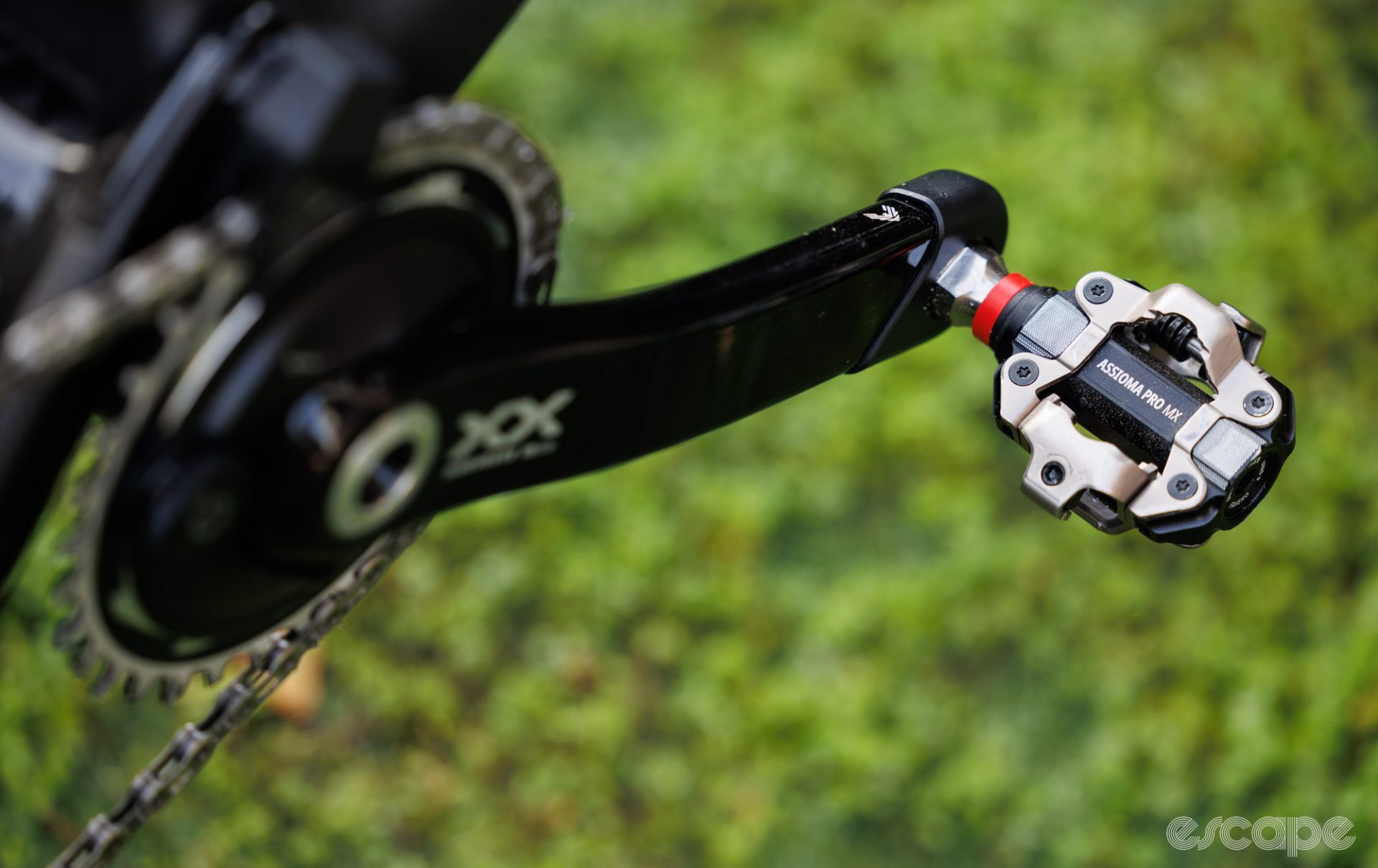
I experienced the same consistent differences off-road, with the Quarq power meters (two different units used) consistently measuring a few watts higher (about 4%) than the Favero. It’s up to debate over which one is the closest to the truest number, and while I’d like to think it’s the higher of the two, I just can’t confidently say. For most, merely being consistent from ride to ride should be enough and the Faveros offer that.
For a deeper dive on the data, I’ll point you towards Shane Miller (GPLama), who compiled some 70 sets of data in relation to testing these pedals. The short answer is that Miller considers the Pro MX-2 his new baseline power meter.
Looking Into the crystal ball, the Pro MX offers a clear picture of what the next generation of Look Keo and Shimano SPD-SL compatible road pedals will look like from Favero. Much like we’ve seen with the Garmin Rally, I wouldn’t be surprised if, we see these power-equipped spindles repurposed for other cleat systems.
Would I buy them?
In short, I would.
While I haven’t used the latest SRM X-Power pedal, I lack enthusiasm for it simply due to its expected 30-hour ride longevity (half that of the Favero) and 2-5% daily battery drain. Add in its limited user serviceability and high upfront cost, and it’s a tough sell.
The Garmin Rally (XC200) pedals have plenty going for them, but I have experienced frustrations from the replaceable batteries (and related costs adding up). Plus, the general bulk of the bodies and the increased rate of pedal strikes is a big no-no for me when seeking a pedal suited to mountain biking or rough gravel riding. That said, although they are expensive, I like the Rally pedals for road use when configured with the RS (SPD-SL) pedal bodies.
Looking back a few years ago, my experience testing the original Favero Assioma pedal (Look Keo cleat) was so positive that I purchased my test sample and, for a long period, ignored how much I preferred the SPD-SL cleat.
I need another few months to assess durability in grit before I can confidently claim these to be the best power-equipped SPD-type pedal option going. Still, early impressions are that Favero has made another benchmark product in the Assioma Pro MX. Better yet, they’ve done so at a vastly lower price than the direct competition and without significant compromise to the function of the pedal.
The bigger question I’m left pondering is whether I’d choose these over a crank-based power meter. If you desire power measurement across more than one off-road-going bike and can’t justify having multiple power meters, then the answer is clear. Similarly, if you need new off-road pedals and want a power meter, these are likely to be the right answer.
Yeah, I’m impressed.
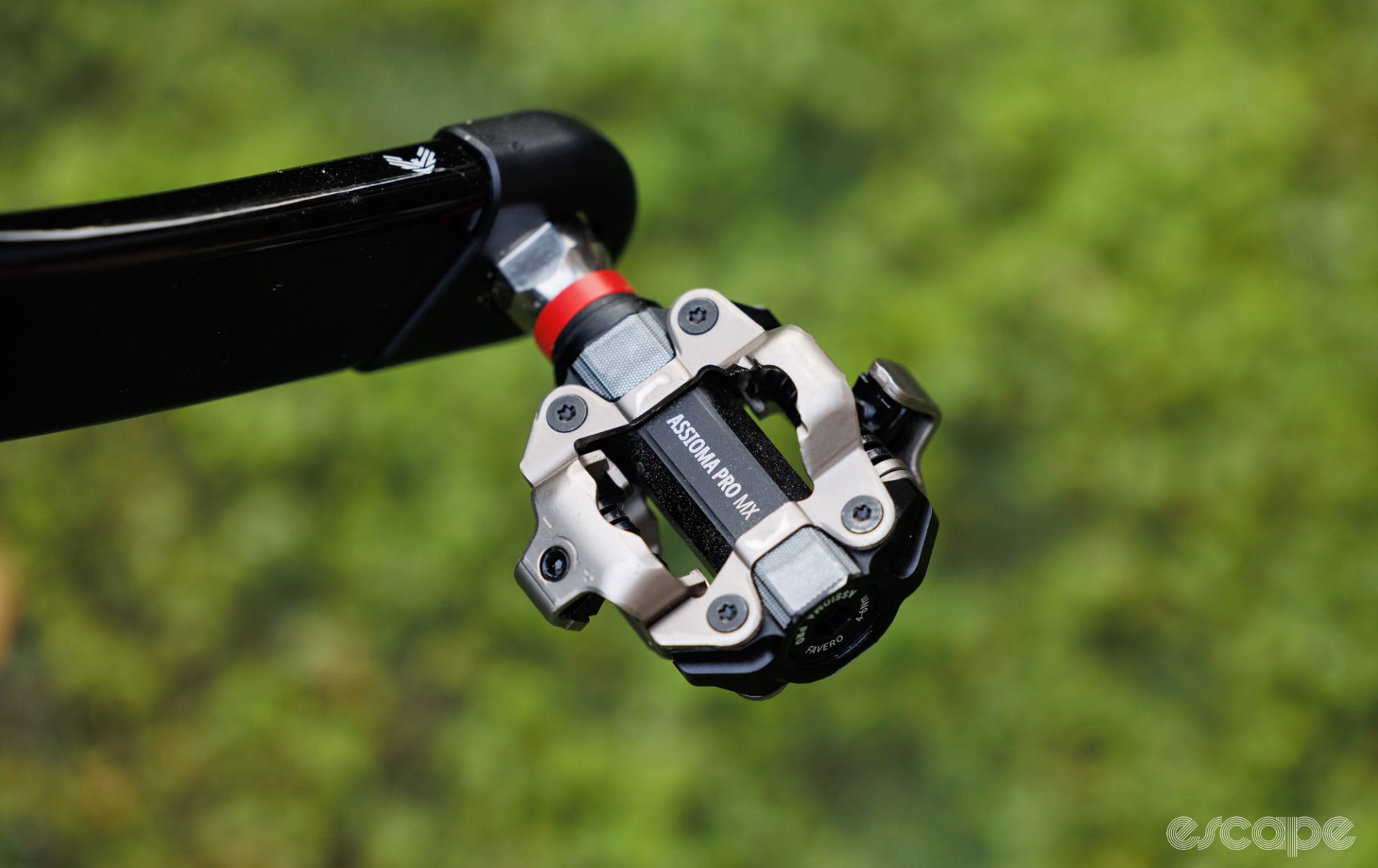
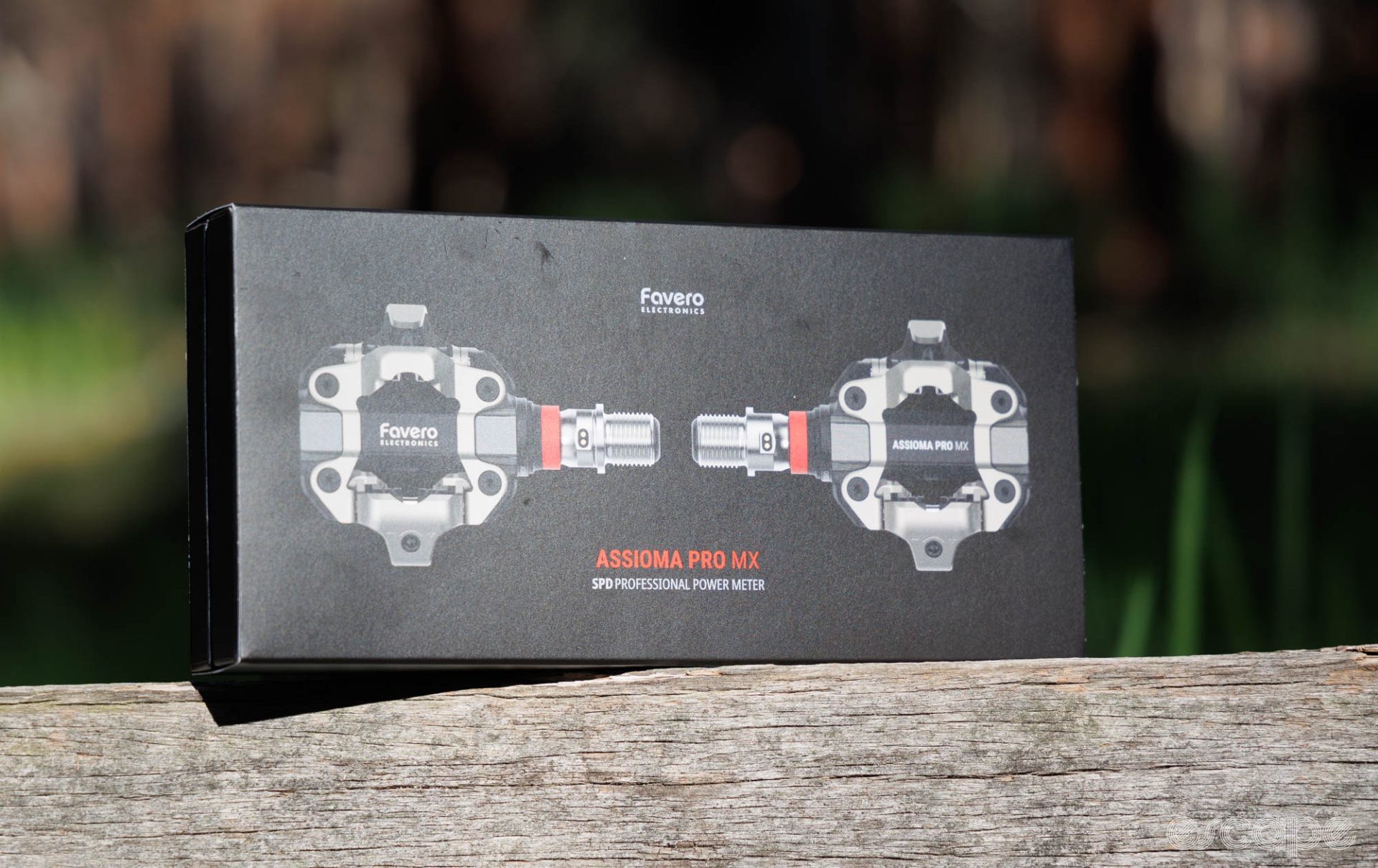
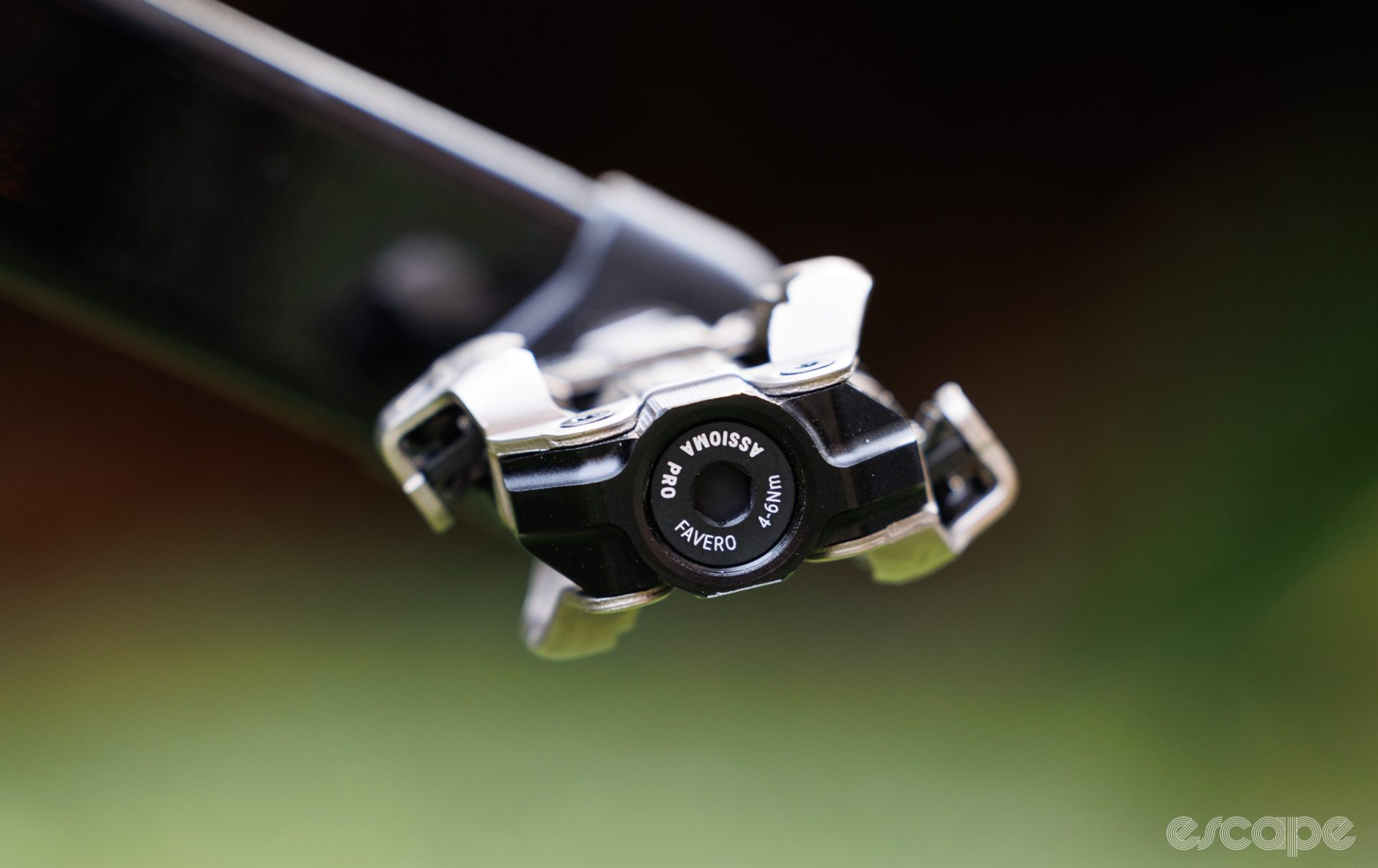
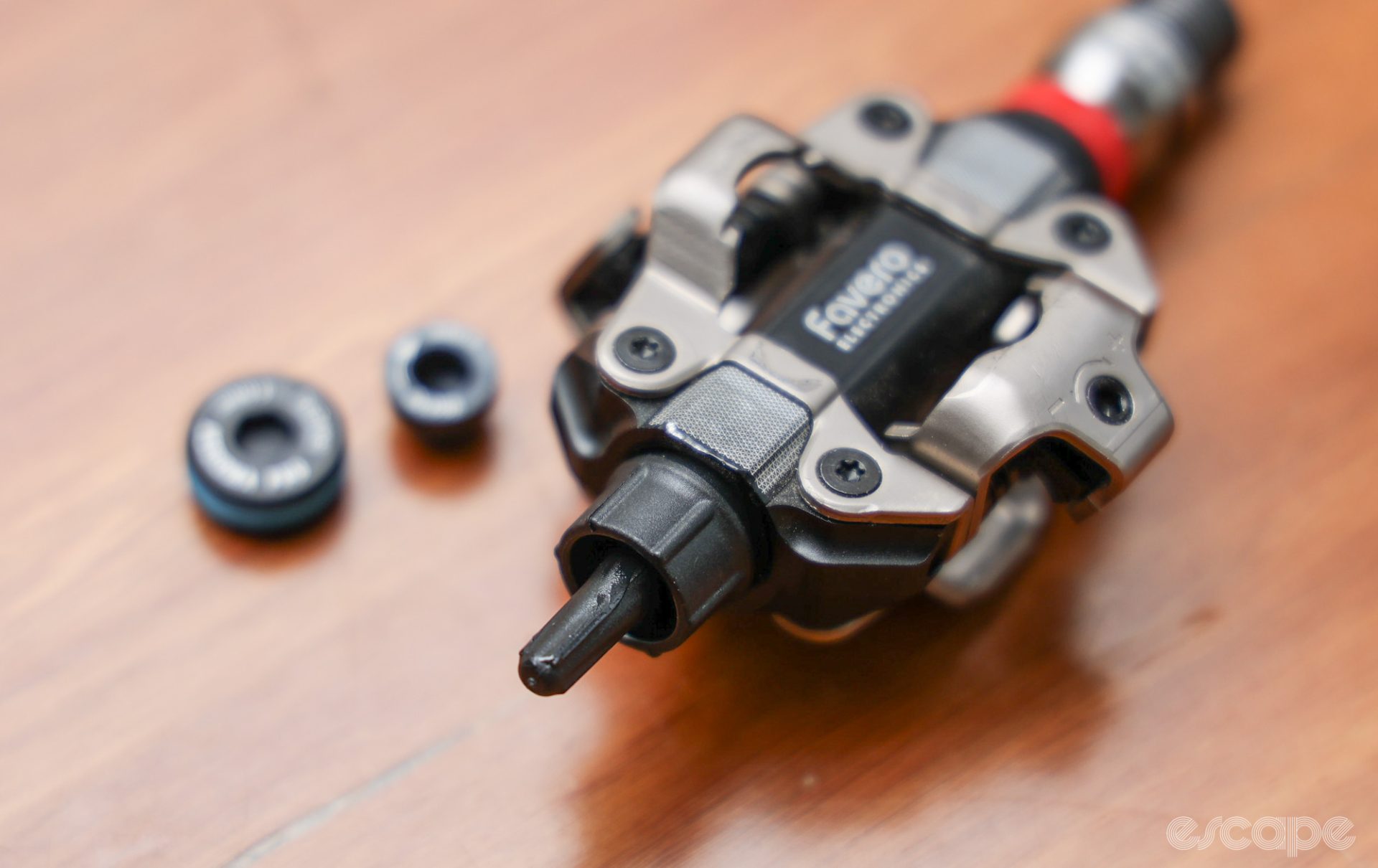
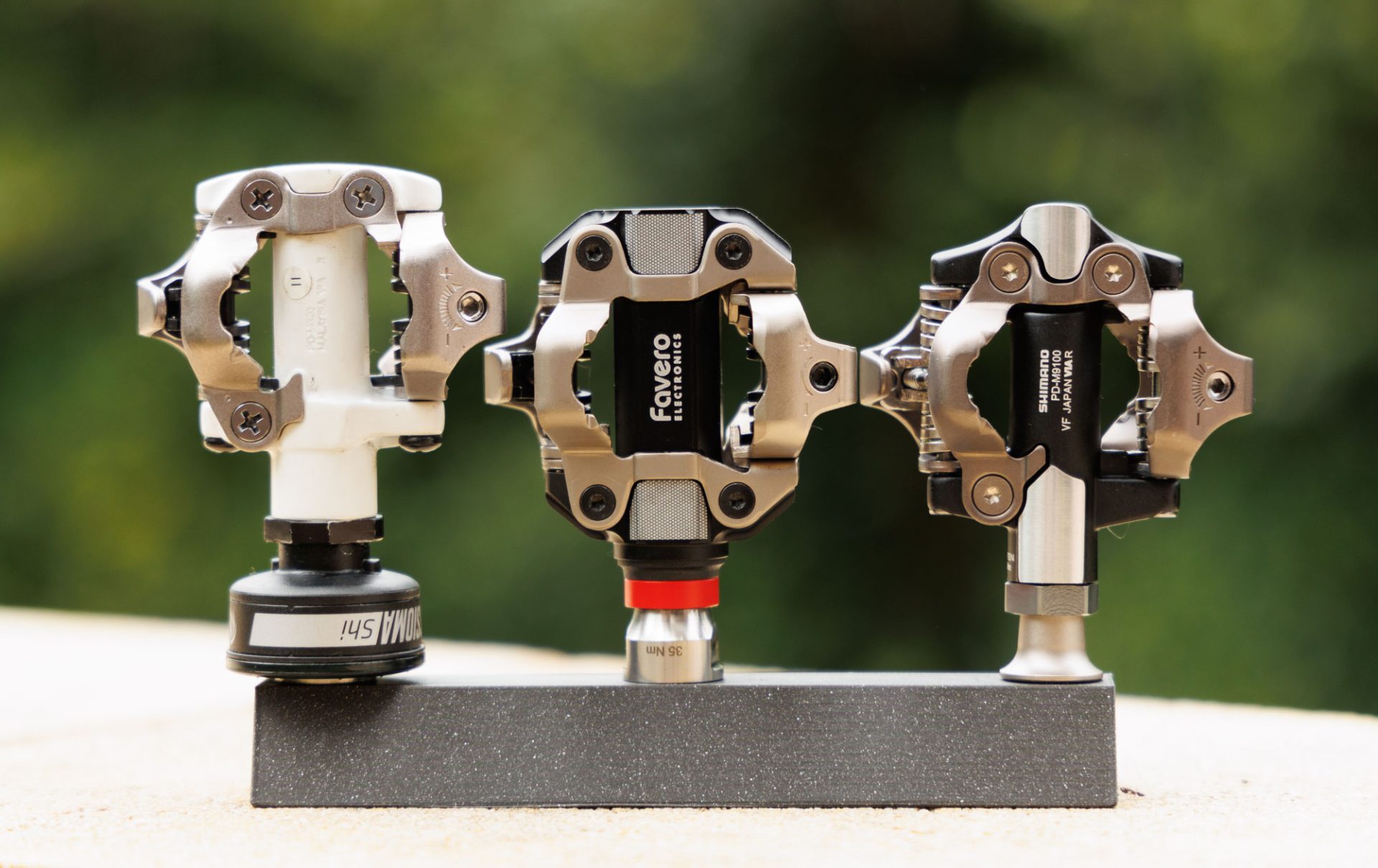
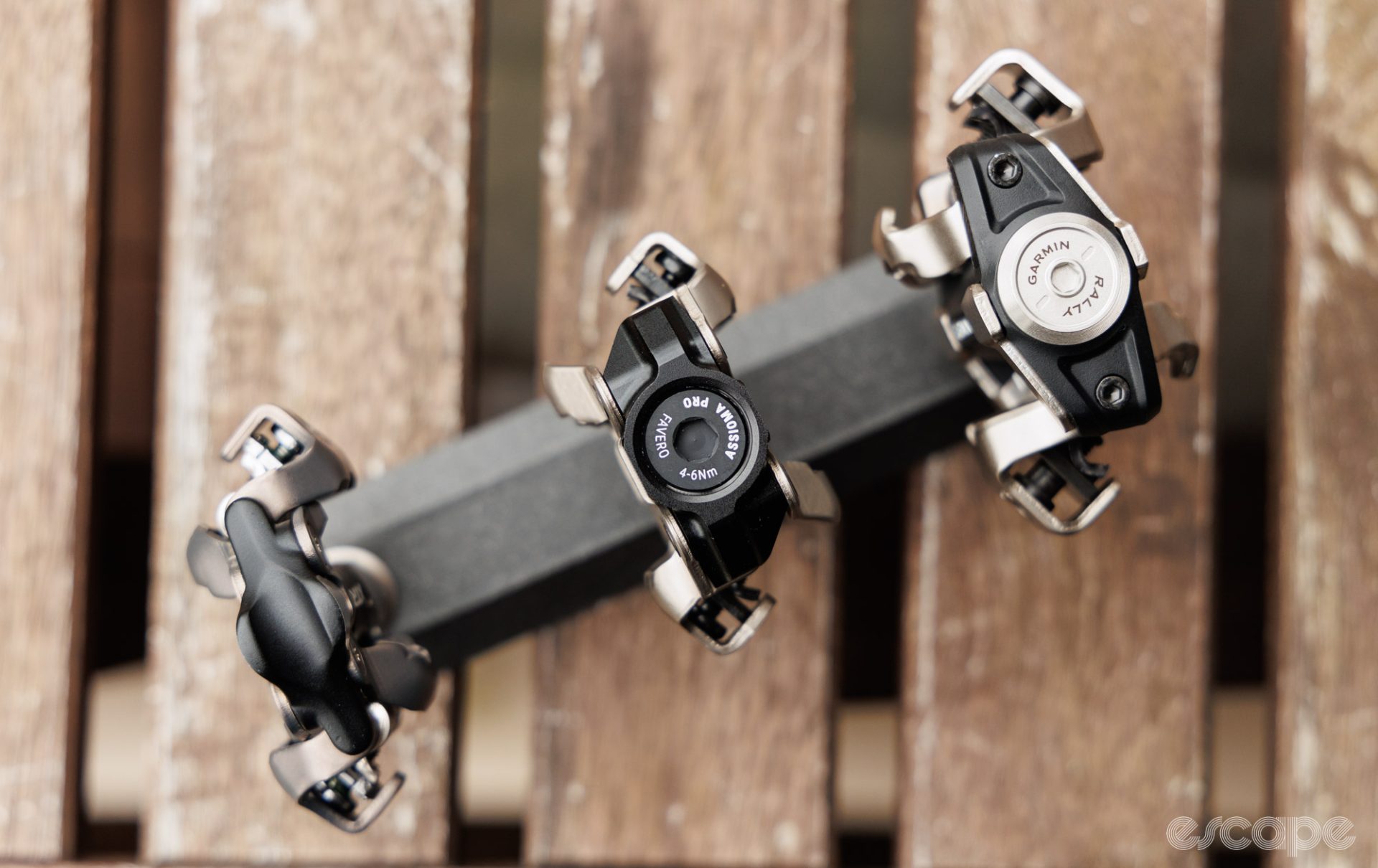
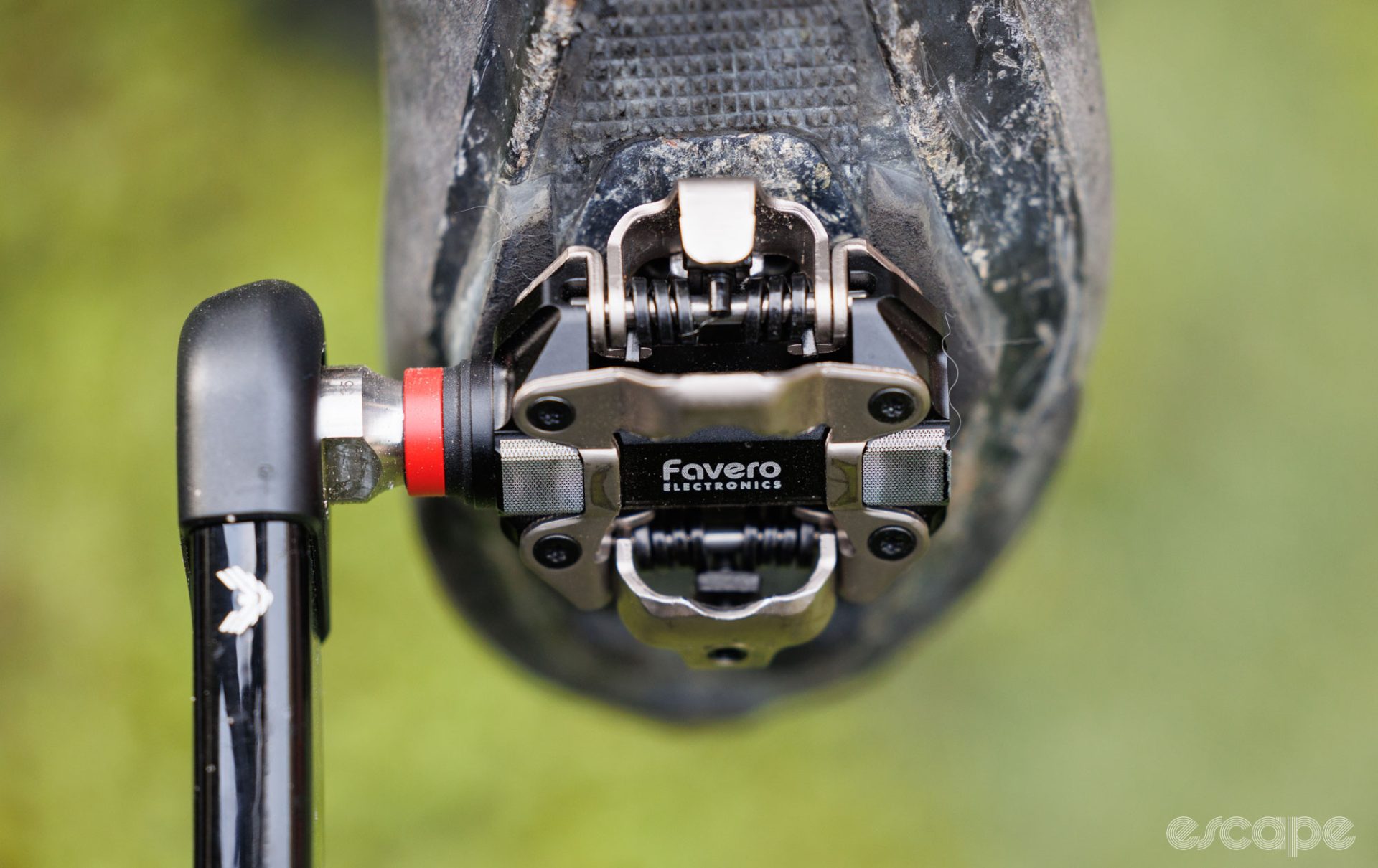
Did we do a good job with this story?
